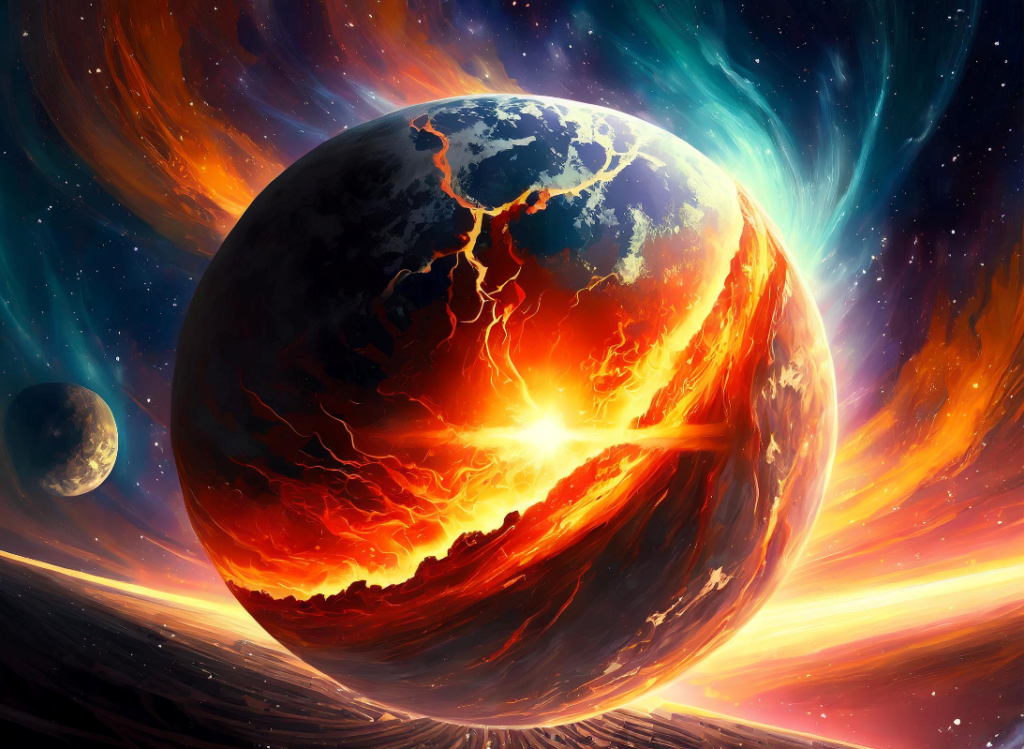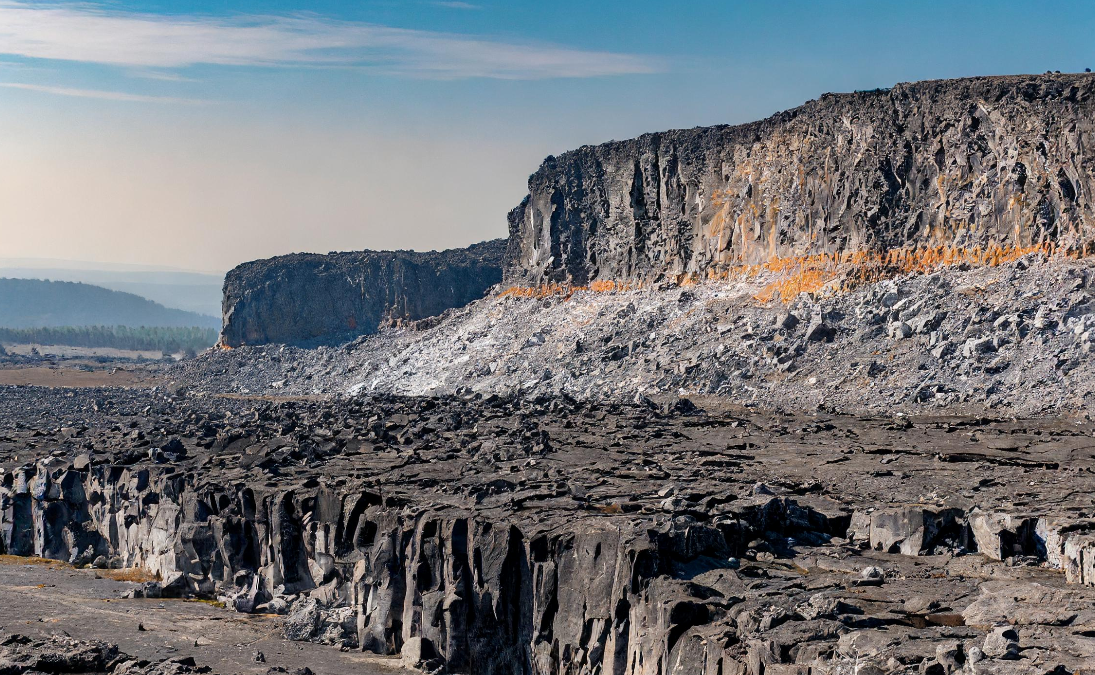The Origin of the Earth is a the result of complex Physical, Chemical and Biological process. The Earth has distinct layers like the solid outer crust, the semi-fluid mantle, and the dense metallic core. These layers were formed through a process called planetary differentiation, which occurred during the early stages of the Earth’s formation.

Table of Contents
Story of Origin of Earth
According to geological evidence and theories, the Earth formed approximately 4.6 billion years ago from a cloud of dust and gas in space, known as the solar nebula. This cloud was composed of elements and compounds that originated from earlier generations of stars.
As the solar nebula contracted under the influence of gravity, it began to spin and flatten into a rotating disk. Within this disk, particles of dust and gas collided and stuck together, forming larger aggregates known as planetesimals. These planetesimals eventually grew into protoplanets through the process of accretion, as they continued to attract more material through gravitational interactions.

The Earth’s formation was accompanied by intense heat generated from the collisions and gravitational compression of material. As the Earth grew in size, its interior heated up, leading to the differentiation of materials based on their density. Heavier materials, such as iron and nickel, sank towards the center to form the Earth’s metallic core, while lighter materials rose to the surface, forming the crust.

Over millions of years, the Earth’s surface continued to evolve through geological processes such as volcanic activity, tectonic movements, and erosion. These processes reshaped the Earth’s landforms, created mountain ranges, ocean basins, and continents, and influenced the distribution of resources and habitats.
From a geographical perspective, the Earth’s origin is not just a historical event but an ongoing process that continues to shape the planet’s physical features, landscapes, and environmental conditions. Understanding the Earth’s origin helps geographers comprehend the interconnectedness of geological, atmospheric, and hydrological processes that define the Earth’s dynamic and ever-changing surface.
Timeline Origin of the Earth
| Time Period | Event |
|---|---|
| Approximately 4.6 billion years ago | Formation of the Earth from the solar nebula |
| Approximately 4.1 – 3.8 billion years ago | Late Heavy Bombardment period, intense asteroid and comet impacts on the Earth |
| Approximately 3.5 billion years ago | Emergence of early life forms, possibly single-celled organisms |
| Approximately 2.5 billion years ago | Great Oxygenation Event, significant increase in atmospheric oxygen levels due to photosynthetic organisms |
| Approximately 1 billion years ago | Formation of supercontinents, such as Rodinia and Pannotia |
| Approximately 600 – 540 million years ago | Ediacaran Period, emergence of complex multicellular life forms |
| Approximately 540 – 485 million years ago | Cambrian Explosion, rapid diversification of animal life |
| Approximately 250 million years ago | Permian-Triassic Extinction Event, largest mass extinction event in Earth’s history |
| Approximately 200 – 135 million years ago | Mesozoic Era, Age of Dinosaurs |
| Approximately 66 million years ago | Cretaceous-Paleogene Extinction Event, extinction of non-avian dinosaurs and many other species |
| Approximately 2.6 million years ago – present | Quaternary Period, marked by multiple ice ages and the rise of modern human species |
This timeline provides a brief overview of key events in the Earth’s geological history, from its formation to the present day.